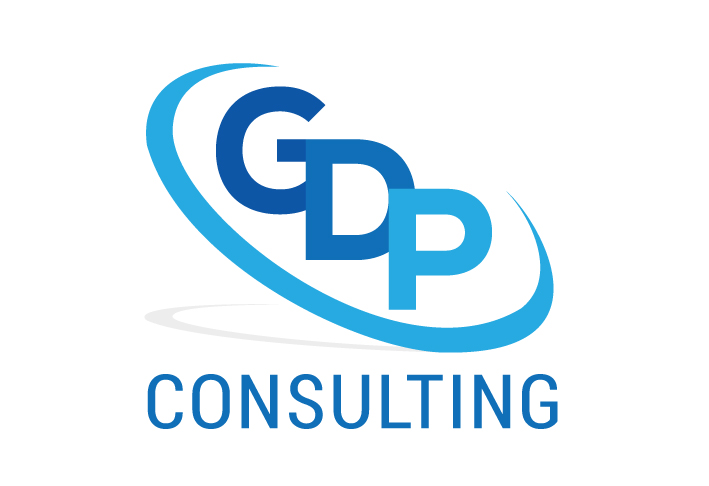Introduction
Governance boards that fail to plan networking strategies fail their organizations. This article notes six illustrations
- Board Members not knowing who will be in attendance
- Failure to have key messages prepared
- Putting people in a pecking order
- Failing to meet key funders
- Ignoring people who could help
- Self-promotion
Not knowing who will be in attendance
Boards are obligated to ensure members are aware of each person who will attend a hosted event, their connection to the organization, and the key messages to be communicated.
This means setting goals for the networking activities, deciding who will ensure they talk to which people, and agreeing on when and how the information collected will be used by the board.
When boards do not do this planning, certain persons receive a lot of attention while others look around and wonder who to speak to next. Still others just stand with people they know and the board misses an opportunity to informally glean information which it may never learn in a formal meeting.
Failure to have key messages prepared
It is vital that organizations which rely on funders prepare key messages. This does not mean that all attendees need to hear the same messages. It does mean that board members are more influential when they understand who needs to hear which message and why.
Floating and chatting aimlessly does not further the aims of the organization and may leave certain attendees feeling as if they fulfilled an obligation but the event was really a waste of time.
It is honorable to plan an event to say thank you. However, if the intention is to garner future support there is much information that can be given and gathered
- How the funds contributed to success
- The meaning of the contribution to the organization
- How an entity’s contribution influences others to contribute
- How the funds assist the entity to achieve specific aims
- Good news stories which result from the funder’s donations
- The impact of the contribution
- Whether the funder will continue to contribute in the future
- What the funder needs to see as evidence in order to continue making contributions
- The aims of the funder and how the aims of the entity assist the funder to achieve its desired outcomes
- Whether there are competitors for the funds
- Barriers to continued funding
- Evidence the funder needs to continue its contributions
- What the entity needs to do to be the best partner possible.
Putting people in a pecking order
There will always be people who are more influential than others. However, this does not justify spending too much time with certain persons while ignoring others. Boards can identify who will be at a board arranged event, how specific people play a significant role supporting the aims of the board, what the future relationship needs to be, and the keys messages for each person.
Individuals who are quickly deserted when someone more important comes in the room notice that behaviour on a subconscious level as well as consciously. They observe when board members are constantly scanning the room with their eyes rather than giving them their full attention.
It is essential for board members to not only know the values of the organization but to practice them faithfully in all contexts.
Failing to meet key funders
Many companies are represented by employees. It does not matter what the role of that person is, they are representing that company. Their company expects them to be met, engaged and treated with respect.
When two or more board members are with specific funders while others are left on their own, it may send the message that one person’s contributions are valued more. Is that the message that is intended?
If it is not, what is the objective? What behaviours are required to demonstrate that the board is serious about its aims? It is important to make those behaviours explicit rather than assuming everyone knows what they look like in action.
Ignoring people who could help
Who is important and who is not. When people bring guests to a board-arranged function, the guests may also be persons of influence. Speaking to a
person while ignoring his or her guest, sends a key message. Up to 85% of communication is non-verbal and these non-verbal messages may be failing to include a person who has direct influence behind the scenes.
Someone’s status in the community, access to wealth, or their level of influence may not be immediately observed. It is critical for each person and her guest to feel important.
Self-promotion
At a board-arranged event it is vital for the conversation to come from a place of confidence rather than fear.
Conversations about the board are best generated by the guests. Conversations about the guests, how they are feeling about board accomplishments, and what they would like to see accomplished in the future are best initiated by the board members.
Looking for constructive criticism is essential. Many people will only say what they think the board members want to hear. It is important that the board hear all information, especially if it could influence future support.
Final Comment
Board members are representatives of the board. When they attend a board-arranged event, it is important that they understand the impact of their behaviour on the future of the board and its relationships with key people in the community.
Read more The Importance of Board Member Introductions.



